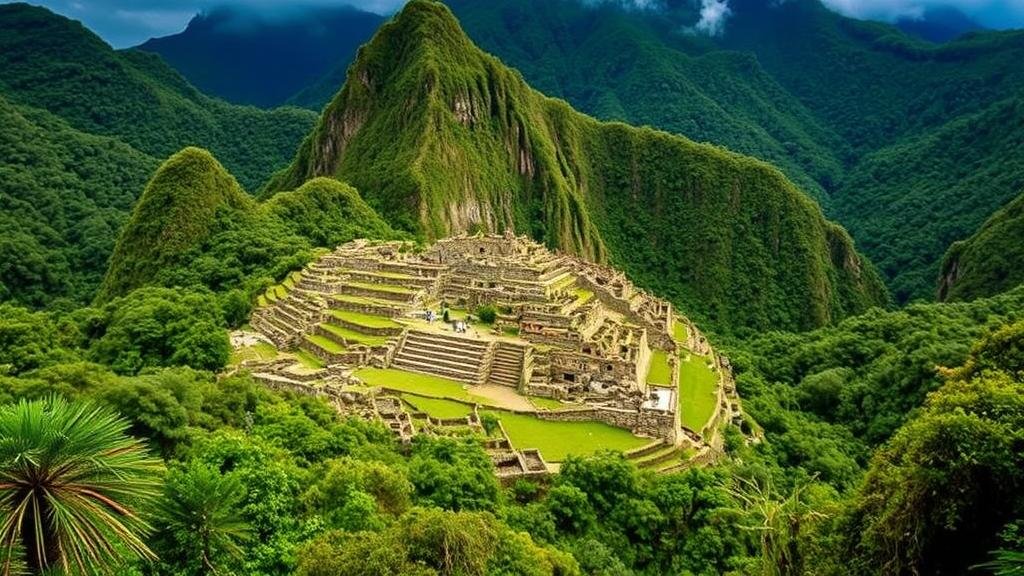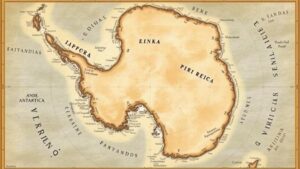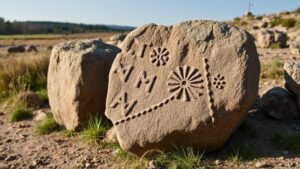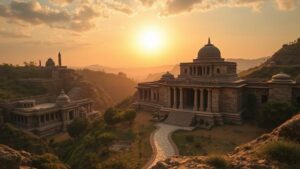Searching for the legendary lost city of Guatavita, tied to the El Dorado myth.
The Search for the Legendary Lost City of Guatavita Tied to the El Dorado Myth
Nestled in the heart of Colombia, the legendary lost city of Guatavita has captivated explorers, historians, and treasure hunters for centuries. This mystique is deeply intertwined with the El Dorado myth, a tale of a city rich in gold and precious stones. The allure of wealth, adventure, and the unknown has driven countless expeditions into the Colombian highlands, hoping to uncover the secrets of Guatavita.
The Origins of the El Dorado Myth
The legend of El Dorado initially stemmed from the rituals of the Muisca people, who inhabited the Altiplano Cundiboyacense area before the Spanish conquest. According to tradition, the Zipa (the Muisca leader) would cover himself in gold dust and offer treasures to the gods by submerging them in Lake Guatavita during sacred ceremonies. This tale of a gold-covered king became exaggerated over time, evolving into the fabled city of El Dorado–imagined as a place drenched in opulence.
The Historical Significance of Lake Guatavita
Lake Guatavita is not just a geographical feature; it is a cultural and historical landmark. Located approximately 60 kilometers northeast of Bogotá, the lake is surrounded by mountains and possesses a rich biodiversity. In the 16th century, after the Spanish raids, Lake Guatavita became infamous as both a treasure site and a symbol of the indigenous peoples resistance against colonization.
The First Expeditions
The first recorded expedition to search for treasures in Lake Guatavita took place in 1537, led by Gonzalo Jiménez de Quesada. His soldiers utilized primitive diving equipment, but all they could retrieve were a limited number of artifacts. Over the decades, several other expedition leaders, including Sir Walter Raleigh and Antonio de León, made similar attempts, captivated by tales of incredible wealth submerged beneath the lake.
Archaeological Findings
Despite the failures of these early treasure hunters, archaeological work has salvaged significant findings related to the Muisca civilization. Between the late 1980s and the early 1990s, research conducted by archaeologist Felipe C. Arocha and others documented numerous artifacts, including ceramic vessels, gold ornaments, and offerings, which are indicative of elaborate burial practices. For example, studies found over 90 artifacts in the lake, including the famous El Poporo Quimbaya, an artifact that showcases the advanced metallurgy of the Muiscas.
The Modern-Day Search for Guatavita
Today, the search for the city of Guatavita is more than just a quest for treasure; it has become a scholarly pursuit focused on understanding pre-Columbian cultures. Archaeologists and historians work together to create a comprehensive picture of Muisca society, utilizing advances in technology such as ground-penetrating radar and remote sensing to explore the submerged areas around the lake further.
The Environmental Impact and Preservation Efforts
As more expeditions take place, awareness of the environmental impact on Lake Guatavita has grown. Concerns about the degradation of the surrounding ecosystem and the preservation of cultural heritage have led to stricter regulations governing exploration. Today, many organizations, including Colombia’s Ministry of Culture, strive to protect this significant site while balancing it with research and tourism.
Legacy of Guatavita and El Dorado
The legacy of Guatavita continues to influence popular culture, inspiring books, films, and academic studies. Its association with the El Dorado myth leads to ongoing fascination with lost treasures and ancient civilizations. The story serves as a reminder of humanitys enduring quest for wealth and greatness, often shrouded in both grandeur and folly.
Conclusion: The Enduring Quest
To wrap up, while the legendary lost city of Guatavita may remain elusive, its story is imbued with invaluable lessons about culture, history, and the consequences of greed. Exploring Guatavita isnt just about rediscovering wealth, but rather understanding the complexities of a civilization that thrived long before European colonization.
- Participate in local tours to learn more about the history of Guatavita.
- Support preservation efforts to protect Lake Guatavita and its surroundings.
- Engage with academic studies and research materials related to the Muisca culture.
The journey to unravel the mysteries of Guatavita remains an inspiring pursuit–an intersection of history, adventure, and archaeology that continues to capture the imagination of all who dare to seek its secrets.



